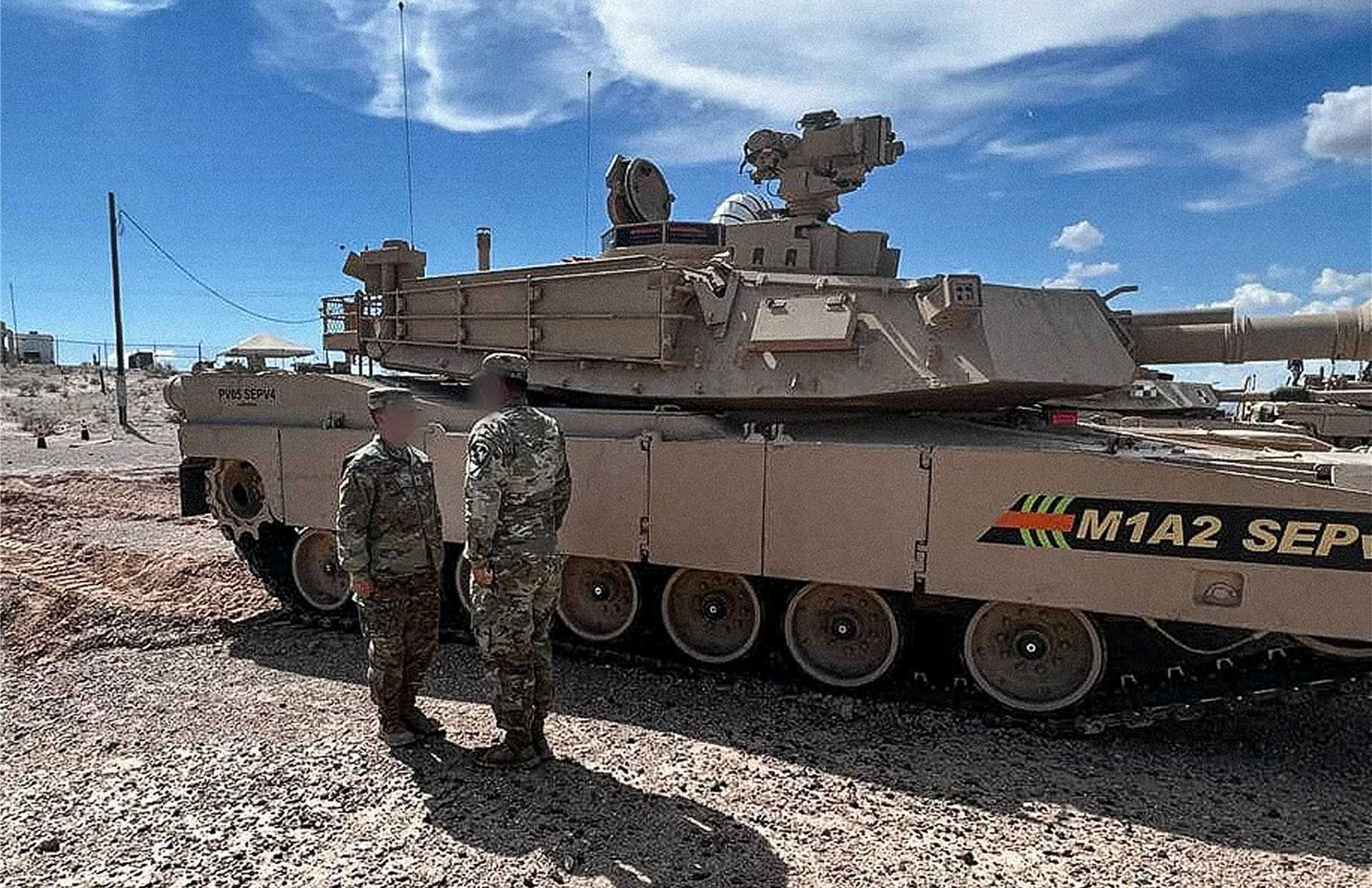
The U.S. Army has long been a supporter of evolution when it comes to tank warfare, but canceling the M1A2 SEPv4 upgrade and replacing it with an all-new M1E3 Abrams represents a turning point in how the military conceptualizes its tanks. For decades, the Abrams has reigned supreme as the be-all and end-all symbol of U.S. dominance on land. Now, with new dangers and accelerating technology, the Army is embracing a daring restart rather than more piecemeal adjustments.


The M1A2 SEPv4 was to be the next leap forward—until its design bloated up to more than 72 tons, well beyond the SEPv3’s already heavy 66.8 tons. Field experience, particularly in the war in Ukraine, made it apparent: stacking more equipment on top of existing platforms just doesn’t cut it anymore. Heavily upgraded tanks grow slow and logistically cumbersome, a bad thing in high-paced, high-danger combat zones.

That epiphany prompted an even greater rethink. In the view of Brigadier General Geoffrey Norman, who leads the Army’s Next-Generation Combat Vehicle program, coming tanks require built-in survivability and agility on day one, not as afterthoughts added on subsequently. “The Abrams has to be the top predator,” he said, highlighting mobility and toughness as core to new design thinking.

In comes the M1E3—a clean-sheet design with a modular, open-systems architecture that enables quicker upgrades and simpler adaptation. This isn’t innovation for innovation’s sake; it’s about pragmatism. As Major General Glenn Dean explained, the Abrams just can’t take any more upgrades without weighing more. Minimizing the logistical load while keeping up with the threats is what’s driving the new strategy.

So, what new capabilities will the M1E3 provide to the battlefield that earlier models were unable to? To begin, anticipate a transition to hybrid-electric power. This improvement would potentially slash fuel consumption, enable quieter operations (such as “silent watch”), and minimize the tank’s signature on the battlefield. A silent mode of transport may not be sexy, but it’s a significant advantage in high-intensity combat.

The new tank could also reduce the crew to three, with the help of an autoloader and an unmanned turret—concepts already explored in the experimental AbramsX. That would free up interior space, lower exposure for personnel, and potentially facilitate faster firing cycles.

Artificial intelligence also has a huge part to play. The M1E3 will allegedly employ onboard AI to assist crewmen in recognizing and prioritizing threats rapidly, providing them with a greater awareness of the battlefield and quicker reaction times. Active protection systems—no longer tacked on as an afterthought—are to be fully integrated, employing advanced sensors and armor to detect and intercept incoming threats such as anti-tank missiles or drones.

General Dynamics Land Systems, the creator of the original Abrams, has been selected to produce the new platform. Their design teams are facing issues related to weight, power plants, and electronics integration. The Army is in a hurry for results—executives such as General Randy George are demanding a development timeline that advances in months, not years.

But technology by itself won’t win wars. The Army recognizes that running such a sophisticated machine requires hiring and training a whole new generation of troops. It’s rethinking how it will recruit and retain people with the skills to work in robotics, AI, and systems engineering. As it turns out, controlling tech-savvy personnel will be as crucial as controlling tanks, experts such as Jon Reisher contend.

Across the world, the U.S. is not the only one in this competition. The UK is working on the Challenger 3, France and Germany are cooperating on their Main Ground Combat System, and Russia continues to pursue the embattled T-14 Armata. All of these projects demonstrate the same anxiety: on a battlefield saturated with precision munitions, drones, and cyber attacks, tanks need to modernize or risk being obsolete.

The Army is eyeing the early 2030s for the debut of the M1E3, coinciding with the introduction of other new platforms such as the M30 mechanized infantry vehicle. It will be a rough ride—technical challenges, bureaucracy, and budget fights await—but the incentive is evident. As threats from adversaries become more sophisticated and deadly, the U.S. cannot continue to depend on aging equipment.

The M1E3 is more than the next Abrams. It’s a signal of the Army’s long-term vision: to dominate armored warfare not by brute force, but by smarter, quicker, and more responsive systems that mirror the tomorrow battlefield.
More related images you may be interested in:


